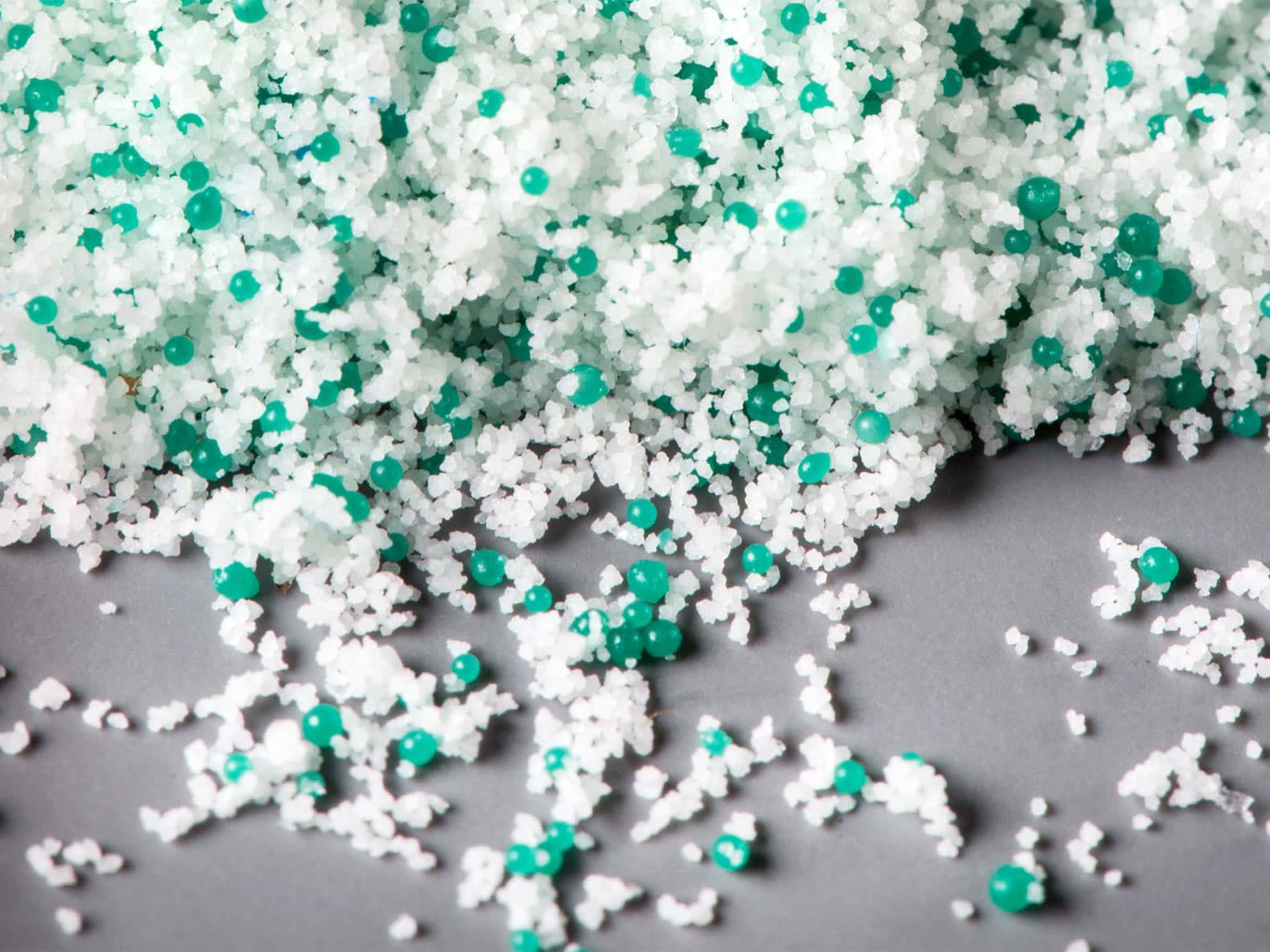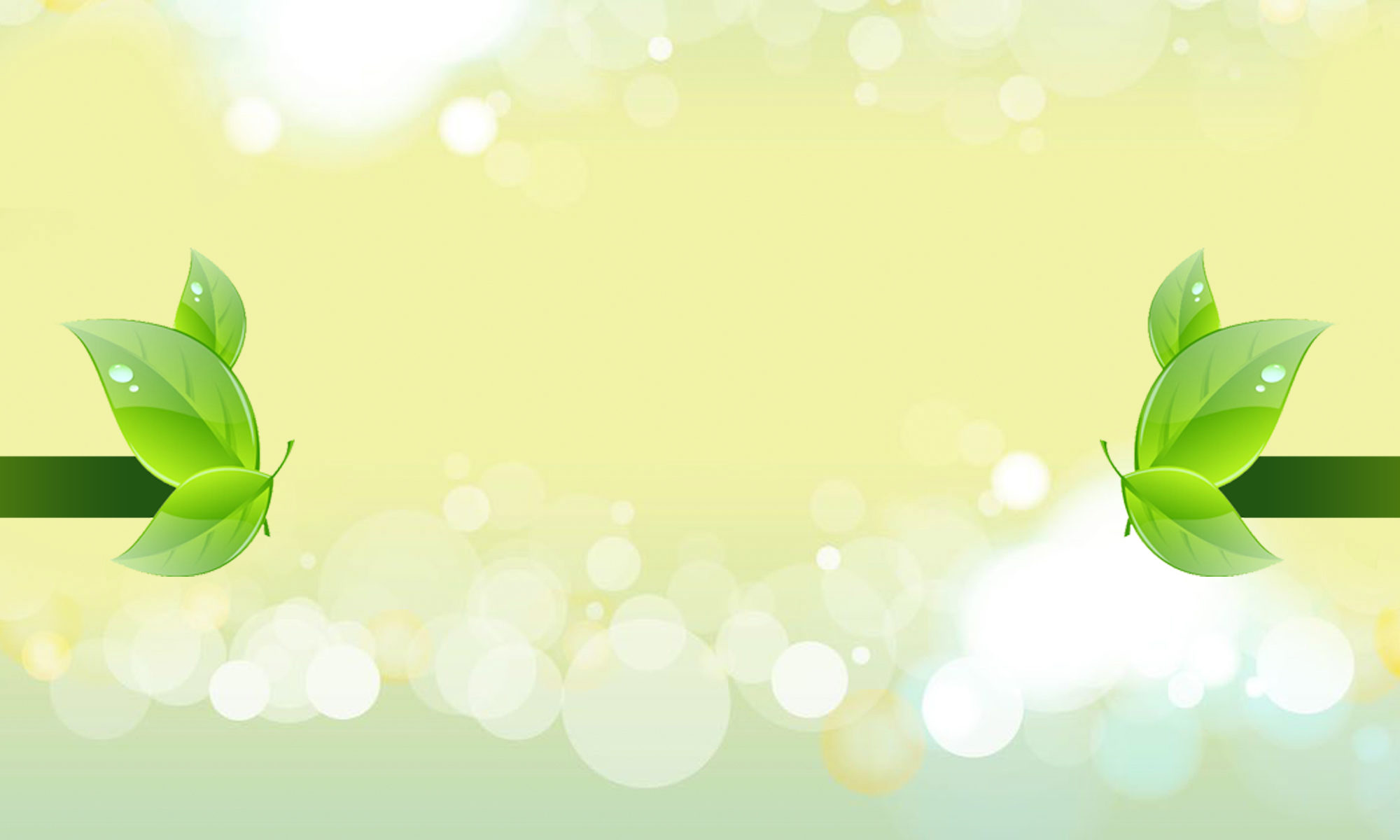
You probably know what a microbead is. If you purchase exfoliating product, or soap with exfoliating properties, you’ve probably seen the tiny plastic bits in the product before. Those tiny (usually blue) beads are known as microbeads… And they’re ruining the environment.
With each product packing hundreds if not thousands of these beads (a bottle of product can contain up to 300,000 microbeads!), they very easily slip down the drain. Out of sight, out of mind. But when that water leaves your home, it ends up elsewhere, like in rivers, lakes, streams, and oceans. These tiny plastic beads, by the millions, end up in bodies of water where wildlife consume them. These beads are not biodegradable, therefor they won’t break down over time. These thousands of beads — millions and billions once combined with everyone else’s — can quickly become a nuisance.
Not only could these tiny microbeads end up harming wildlife, they can actually end up back in your own food and water, too. Do you want to be eating those microbeads that helped you soften your skin? Our guess is you don’t.
Microbeads are so small that the filtering of wastewater sometimes can’t catch them all, leading them back into our food and water systems. Microbeads can also be ingested by smaller zooplankton, which is then consumed by larger animals and fish. You may even be eating animals that have consumed microbeads, thus consuming microbeads yourself!
Microbeads have excellent use in scientific applications, but do we really need them in our face creams? Many countries have already banned microbeads in products. Back in 2015, the president banned the sale of cosmetics containing microbeads. Your best bet to help you make an environmental decision for future generations is to skip the microbead-laced products, and instead go for products that don’t contain non-biodegradable plastics.



One Reply to “What are microbeads and why are they ruining the environment?”
Comments are closed.